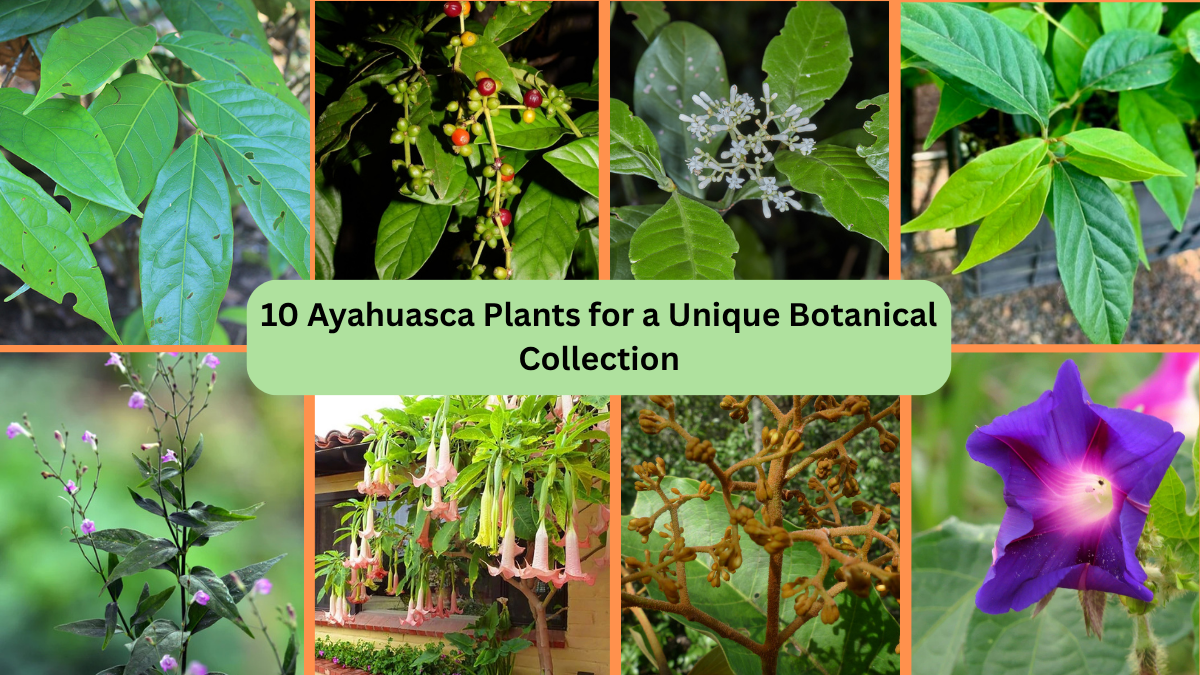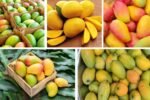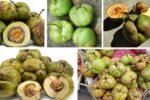Ayahuasca is a traditional South American brew known for its spiritual, medicinal, and cultural significance. While the famous brew itself is made by combining specific plants — primarily Banisteriopsis caapi and Psychotria viridis — many related plants play important roles in indigenous rituals and ethnobotanical gardens. These plants, known for their psychoactive, aromatic, or medicinal properties, offer rich foliage, fascinating growth habits, and unique histories. Here’s a guide to ten captivating Ayahuasca-associated plants you might include in a truly unique botanical collection.
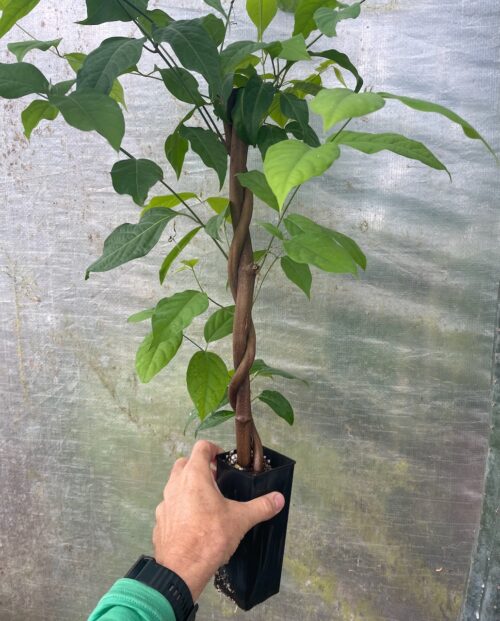
1. Banisteriopsis caapi (Ayahuasca Vine)
The heart of the traditional Ayahuasca brew, Banisteriopsis caapi is a lush, woody vine native to the Amazon rainforest. Its twisted, rope-like stems and glossy green leaves make it an eye-catching addition to any tropical plant collection. Culturally revered for its spiritual properties, this vine contains harmala alkaloids believed to facilitate introspection and healing. It requires warm, humid conditions and well-draining soil, thriving best when allowed to climb along trellises or tall supports in a shaded environment.
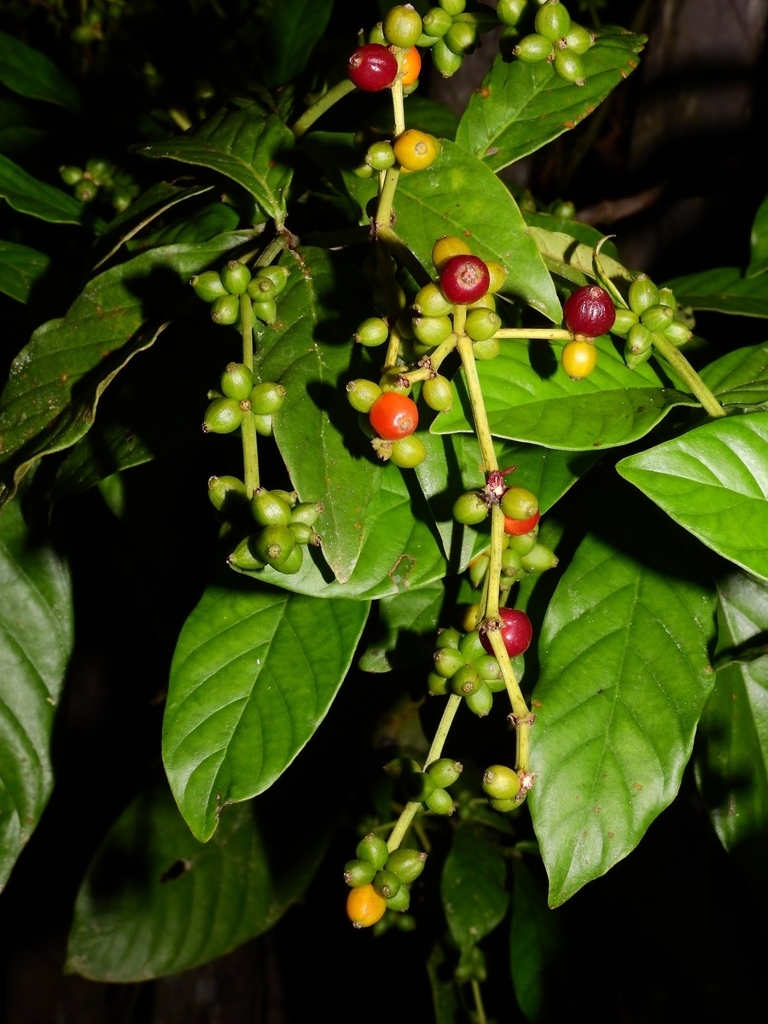
2. Psychotria viridis (Chacruna)
A crucial companion plant in Ayahuasca brews, Psychotria viridis is a fast-growing shrub valued for its lush, elliptical leaves. Native to South America, it’s treasured for its rich cultural heritage and is known to contain DMT, a naturally occurring compound involved in ceremonial use. As an ornamental plant, it offers vibrant green foliage and thrives in tropical climates with high humidity and indirect light. In a botanical collection, it pairs beautifully with other Amazonian species for an authentic rainforest feel.
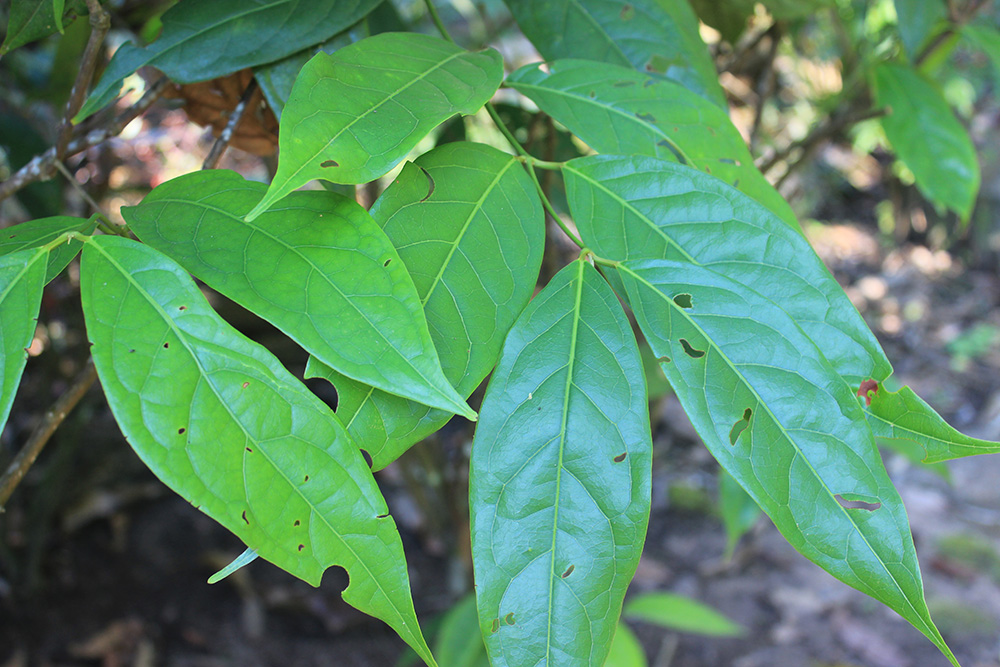
3. Diplopterys cabrerana (Chaliponga)
Another traditional plant used in Ayahuasca brews, Diplopterys cabrerana is a woody vine similar to Banisteriopsis caapi. Known locally as Chaliponga or Chagropanga, it features elongated, glossy leaves and striking vine-like growth. It contains naturally occurring DMT and is traditionally used in spiritual ceremonies. In a botanical setting, it provides a vigorous climbing habit and exotic tropical appeal. It prefers warm temperatures, regular moisture, and semi-shaded environments, making it ideal for greenhouses or conservatories.
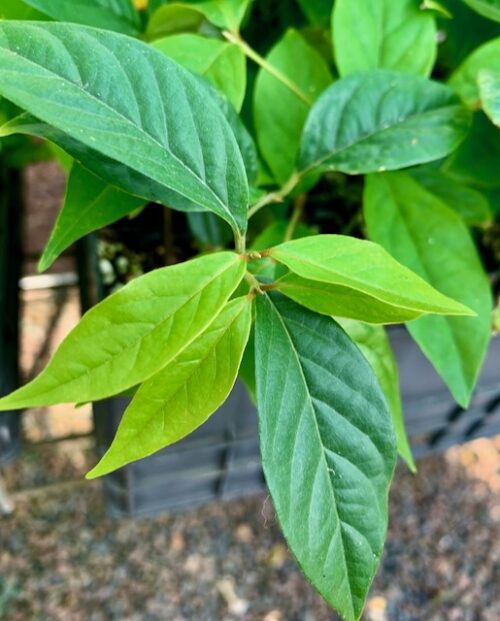
4. Banisteriopsis muricata
A lesser-known cousin to Banisteriopsis caapi, Banisteriopsis muricata shares many visual and cultural characteristics. Its rope-like stems and dense green foliage make it a striking vine for vertical garden spaces. Traditionally, it’s sometimes used interchangeably with B. caapi in ceremonial settings. This vine thrives in similar warm, humid conditions, requiring ample support for its climbing habit. It’s a great choice for plant collectors intrigued by rare, culturally significant species with beautiful growth forms.
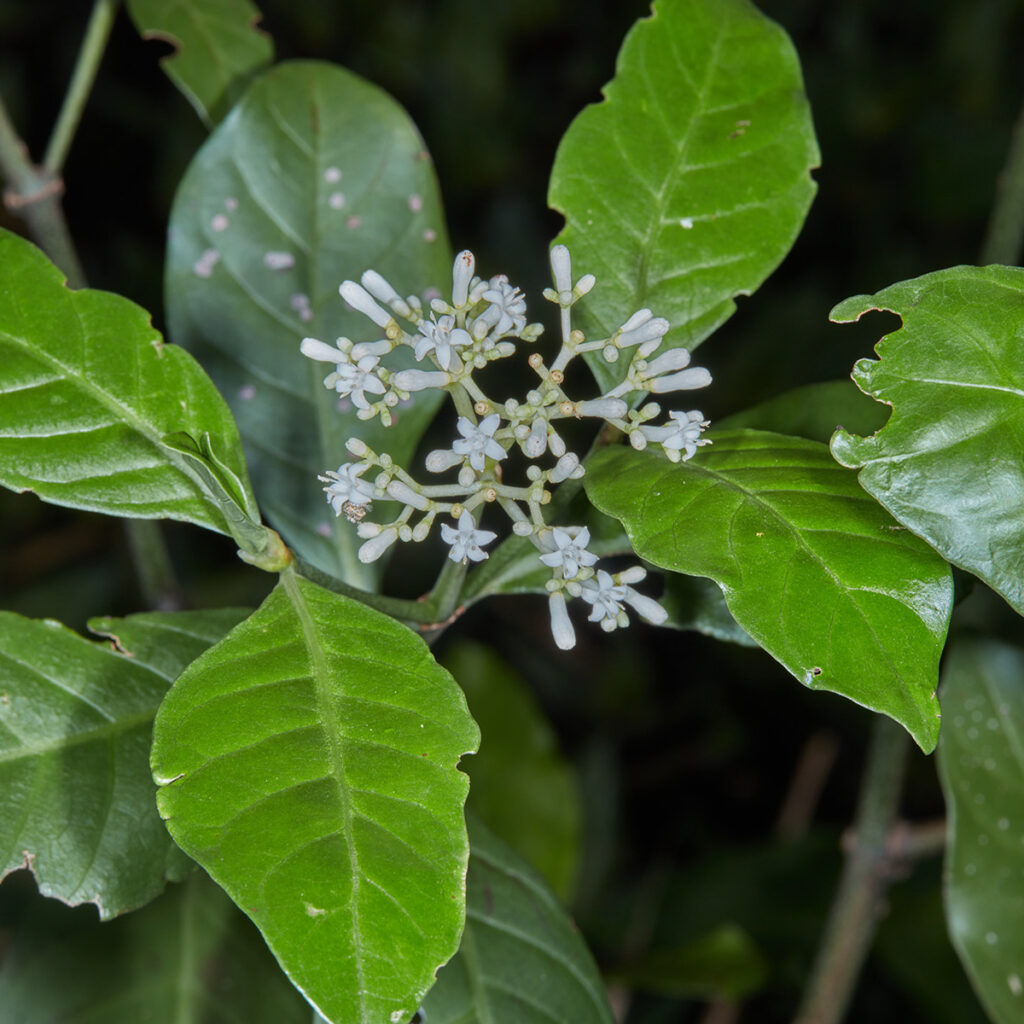
5. Psychotria carthagenensis
Closely related to Psychotria viridis, Psychotria carthagenensis is another South American shrub prized for its vibrant, tropical appearance and historical use in traditional medicine and spiritual practices. It’s a fast grower with attractive green leaves that lend a lush, dense presence to any collection. While less commonly used in modern Ayahuasca preparations, it remains a valuable botanical specimen, requiring humid, warm environments and indirect light. It pairs wonderfully with other rainforest plants in an indoor jungle setup.
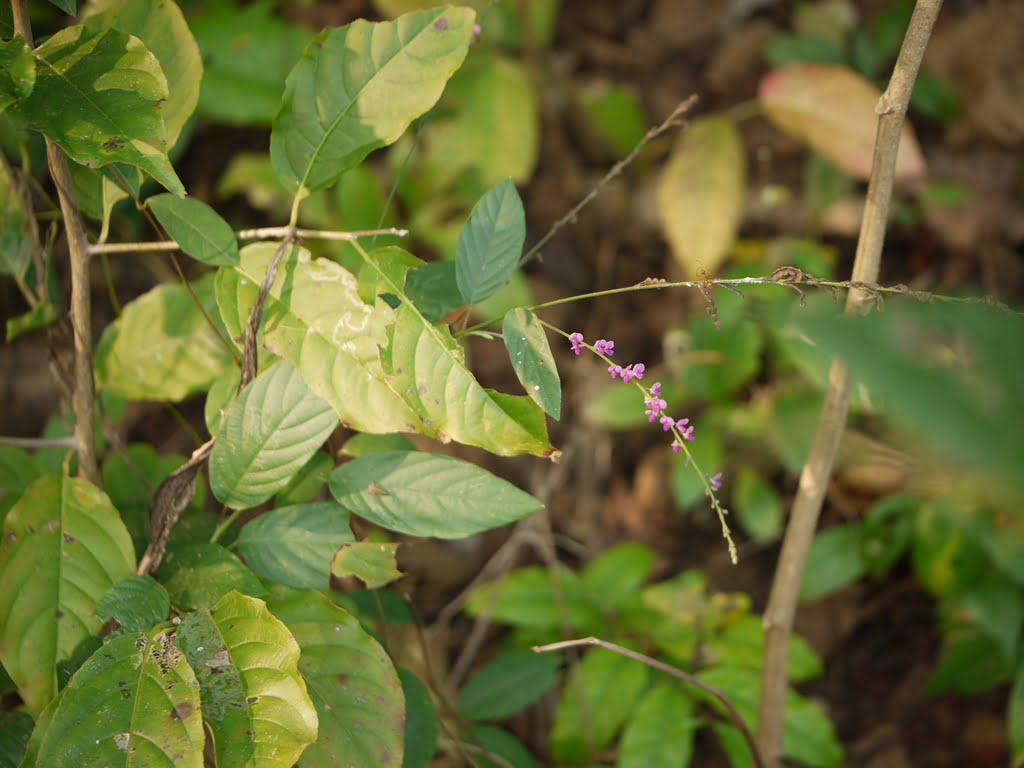
6. Desmodium gangeticum
Known as Salparni in traditional Ayurvedic medicine, Desmodium gangeticum is a trailing or erect plant with delicate purple flowers and medicinal value. In some Amazonian regions, related Desmodium species have been integrated into ceremonial brews for their calming effects. As a garden plant, it’s valued for its ease of cultivation, fast growth, and butterfly-attracting blooms. It thrives in well-draining soil and sunny to partially shaded areas, making it a lovely addition to herbal and ethnobotanical gardens.
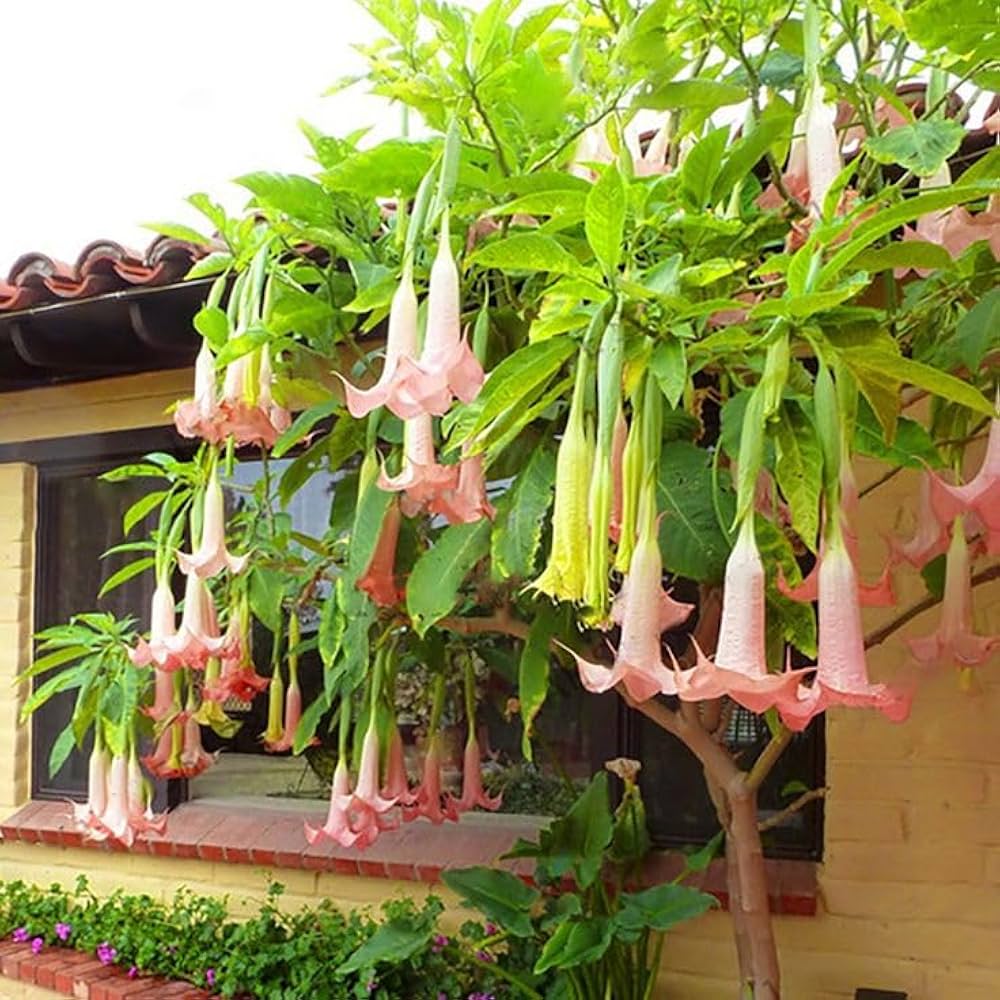
7. Brugmansia (Angel’s Trumpet)
Though not typically part of Ayahuasca brews, Brugmansia is often found growing near ceremonial spaces for its mystical appearance and traditional ritual uses. Its large, trumpet-shaped flowers in shades of white, pink, or yellow make it a showstopper in any tropical garden. The plant is known for its hallucinogenic alkaloids and has been used in traditional shamanic practices for divination. Caution is advised when cultivating due to its toxic properties, but its dramatic blooms make it a popular ornamental plant.

8. Ipomoea violacea (Morning Glory)
Famous for its beautiful, vibrant flowers, Ipomoea violacea is another plant with historical ties to visionary practices. Indigenous groups in Mesoamerica traditionally used its seeds for ceremonial purposes. The plant itself makes a lovely ornamental vine, producing masses of purple-blue flowers that attract pollinators. It thrives in sunny positions with well-drained soil and climbs vigorously, adding a burst of color to fences, trellises, or arbors. It’s perfect for anyone seeking a botanical collection steeped in ancient plant lore.
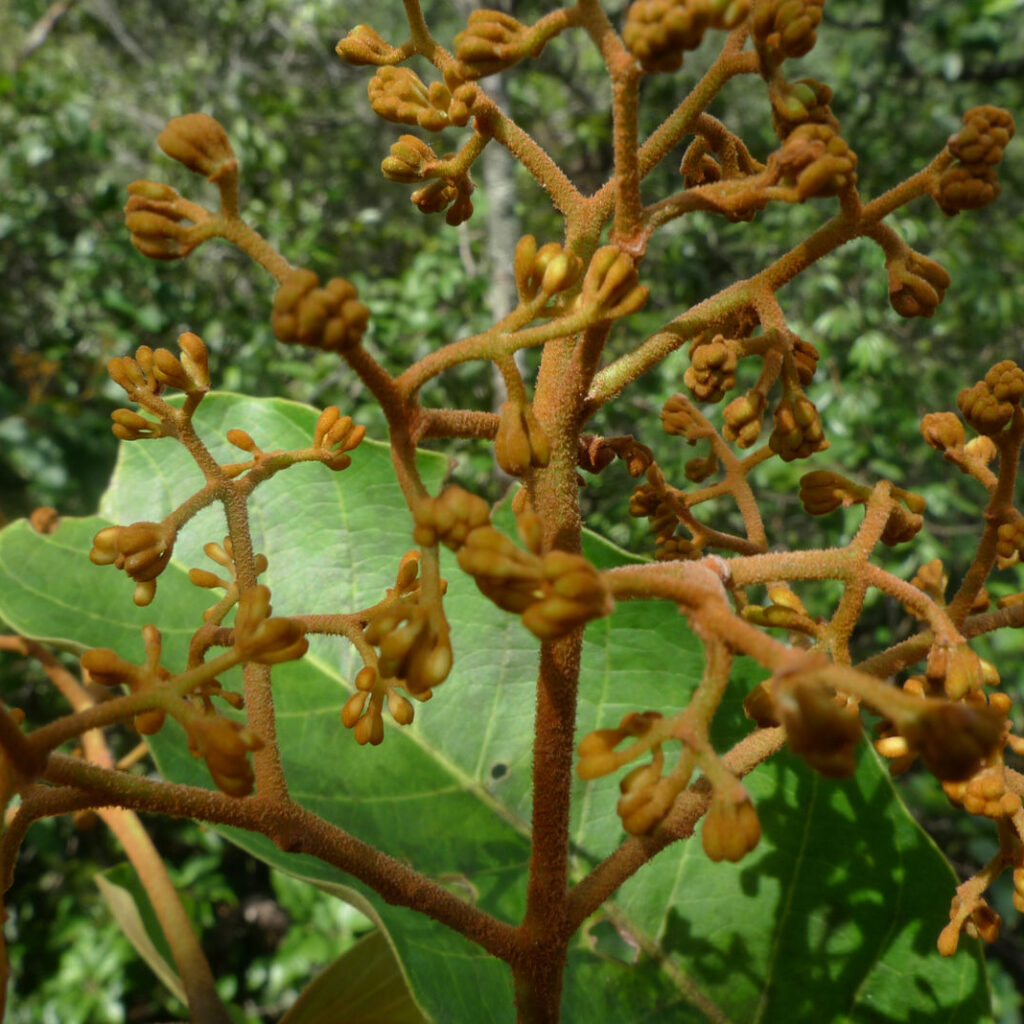
9. Virola theiodora
Virola theiodora is a tall Amazonian tree traditionally used by indigenous tribes for its psychoactive bark, which is sometimes prepared in ceremonial snuffs. In its natural habitat, the tree produces vibrant green leaves and bright red fruits, making it visually striking. Though it requires specific tropical conditions to thrive, its presence in an ethnobotanical collection adds significant cultural depth. It prefers consistently warm temperatures, high humidity, and rich, well-draining soil.

10. Justicia pectoralis (Tilo)
Also known as Mashi-Hiri, Justicia pectoralis is often added to Ayahuasca brews for its pleasant aroma and calming effects. This herbaceous plant features delicate purple flowers and aromatic leaves. Traditionally valued for its mild sedative and muscle-relaxing properties, it’s also popular in ethnomedicine. As a garden plant, it’s low-maintenance and thrives in partial shade with regular moisture. Its combination of attractive foliage and rich cultural history makes it an excellent addition to both medicinal and ornamental gardens.
Final Thoughts
Collecting Ayahuasca-related and culturally significant plants allows you to build a garden steeped in tradition, symbolism, and natural beauty. From lush vines like Banisteriopsis caapi to vibrant flowering species like Brugmansia, these plants offer unique botanical stories and striking aesthetics. With careful cultivation, you can enjoy a collection that not only looks remarkable but also honors centuries of indigenous wisdom and ethnobotanical practice.
